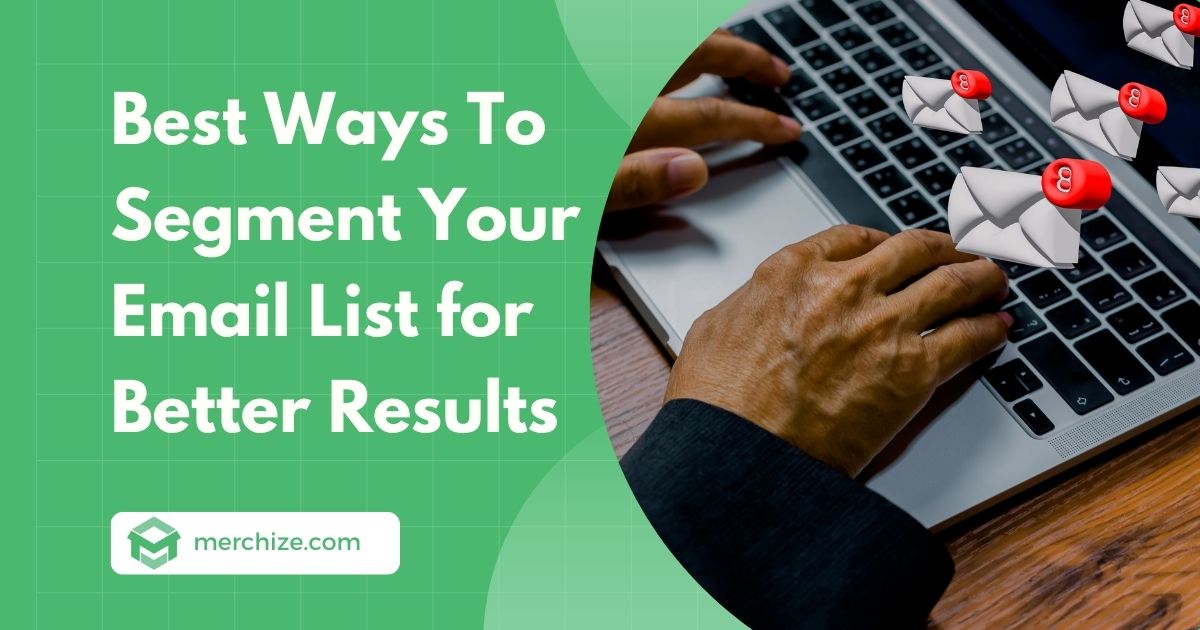Email marketing continues to be one of the most effective ways to engage customers and drive conversions in 2025. However, the success of email campaigns depends heavily on targeting the right audience with the right message. Email list segmentation is the key to achieving this. By dividing your email list into smaller, more targeted groups based on specific criteria, you can deliver highly personalized and impactful campaigns. This article explores how to effectively segment your email list and elevate your marketing strategy.
As businesses adopt innovative digital marketing tactics, email list segmentation has proven to be a cornerstone of success. Whether you’re a small business or a large corporation, understanding how to reach your audience at the right time is crucial for growth.
The Importance of Email Segmentation
Segmentation allows businesses to move beyond generic messages and tailor their communication to meet the unique needs of their audience. Studies show that segmented email campaigns have higher open and click-through rates, ultimately driving better ROI. This is particularly relevant for businesses exploring small business ideas or online business models, where personalized engagement can make a significant difference.
By segmenting your email list, you ensure that each subscriber receives content that resonates with their interests, preferences, and behaviors. This level of personalization fosters trust, improves customer retention, and increases the likelihood of conversions.
1. Demographic Segmentation
Demographic information such as age, gender, location, and occupation can provide valuable insights into your audience. For instance, a fashion retailer might target women aged 25–34 with promotions for trendy apparel, while a tech startup might focus on young professionals interested in tech-based startups.
By understanding the demographics of your subscribers, you can craft campaigns that speak directly to their needs and preferences. This strategy is particularly effective for brands targeting specific niches or markets.

2. Behavioral Segmentation
Behavioral segmentation focuses on how subscribers interact with your brand. This includes purchase history, website activity, and engagement with previous emails. For example, subscribers who have purchased a product within the last 30 days might be interested in complementary items or upgrades.
Businesses exploring e-commerce innovations can use behavioral segmentation to recommend products based on browsing history or past purchases. This not only enhances the shopping experience but also increases the likelihood of repeat business.
3. Interest-Based Segmentation
Segmenting your list based on subscriber interests allows you to deliver content that aligns with their passions. For example, a company offering creative services might segment their list into groups such as graphic design, copywriting, or video production enthusiasts.
Interest-based segmentation is particularly valuable for content-driven businesses, as it enables them to provide highly relevant resources, tips, and updates that keep subscribers engaged.
4. Engagement Level Segmentation
Not all subscribers interact with your emails in the same way. Some may open every email, while others rarely engage. Segmenting your list based on engagement levels allows you to tailor your approach. For example, you might send re-engagement campaigns to inactive subscribers or exclusive offers to your most loyal customers.
This strategy is crucial for businesses implementing content marketing strategies, as it helps maintain a healthy and engaged email list.
5. Purchase Cycle Segmentation
Understanding where subscribers are in their purchasing journey can significantly enhance your campaigns. For instance, a first-time buyer might receive a welcome series introducing your brand, while a long-term customer might receive loyalty rewards or exclusive deals.
Brands in health and wellness startups or similar industries can use purchase cycle segmentation to provide timely recommendations that align with customer needs.
6. Geographic Segmentation
Location-based segmentation enables you to deliver campaigns that are relevant to specific regions. This is particularly useful for businesses with physical stores or those targeting seasonal promotions. For example, a retailer might promote winter apparel to subscribers in colder climates while highlighting summer collections to those in warmer areas.
Geographic segmentation is also beneficial for companies offering digital services, as it allows them to tailor content to regional trends or preferences.
7. Segmenting by Email Preferences
Giving subscribers the option to choose the type of emails they receive can improve engagement and satisfaction. For example, some subscribers might prefer promotional emails, while others are more interested in educational content or company updates.
Businesses focused on future industry insights can use this segmentation method to ensure their subscribers receive only the most relevant and valuable content.
8. Use AI and Automation Tools
Leveraging AI and automation tools can streamline the segmentation process. These tools analyze subscriber data, identify patterns, and create dynamic segments that update in real-time. This ensures that your campaigns remain relevant and effective.
For example, AI-powered tools can predict customer behavior and recommend personalized product suggestions, making it easier for businesses to deliver targeted campaigns.
9. Testing and Optimizing Your Segments
Segmentation is not a one-size-fits-all solution. Continuously test and refine your segments to ensure they align with your goals and audience preferences. Monitor key metrics such as open rates, click-through rates, and conversions to gauge the effectiveness of your campaigns.
Businesses adopting SEO strategies can use these insights to improve their email content and drive better results.
10. Combine Segmentation with Other Strategies
Email segmentation works best when integrated with other marketing efforts. For instance, combining segmentation with personalized landing pages or social media campaigns can amplify your reach and impact.
For brands exploring business trends or new market opportunities, this approach ensures a cohesive and effective marketing strategy.
Conclusion
Email list segmentation is an essential component of successful marketing in 2025. By understanding your audience and tailoring your campaigns to their specific needs, you can create meaningful connections that drive engagement and conversions. Whether you’re exploring startup ideas or scaling an established brand, segmentation empowers you to deliver targeted messages that resonate with your subscribers. Embrace these strategies, leverage the power of data, and watch your email campaigns thrive.

